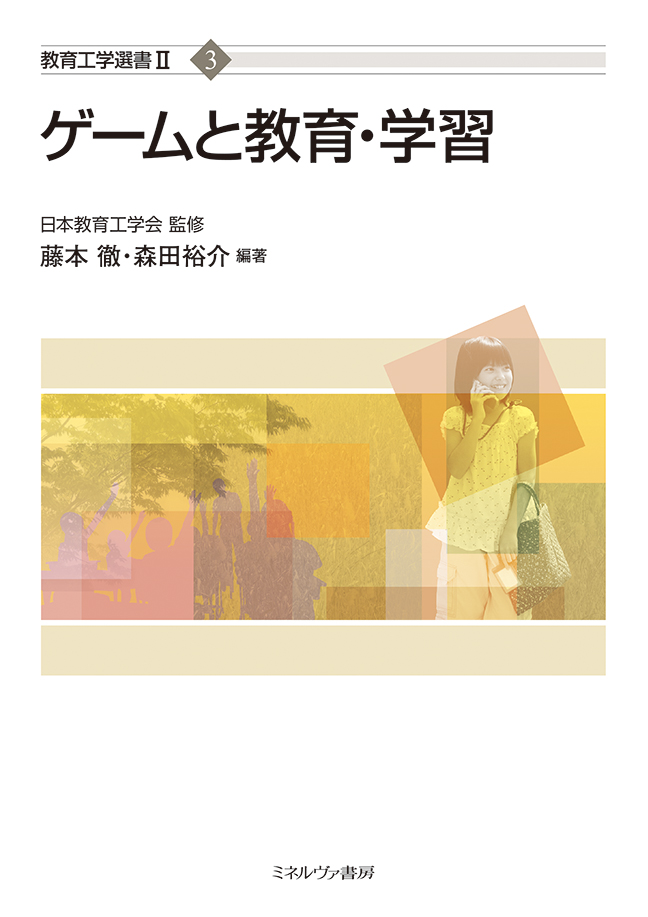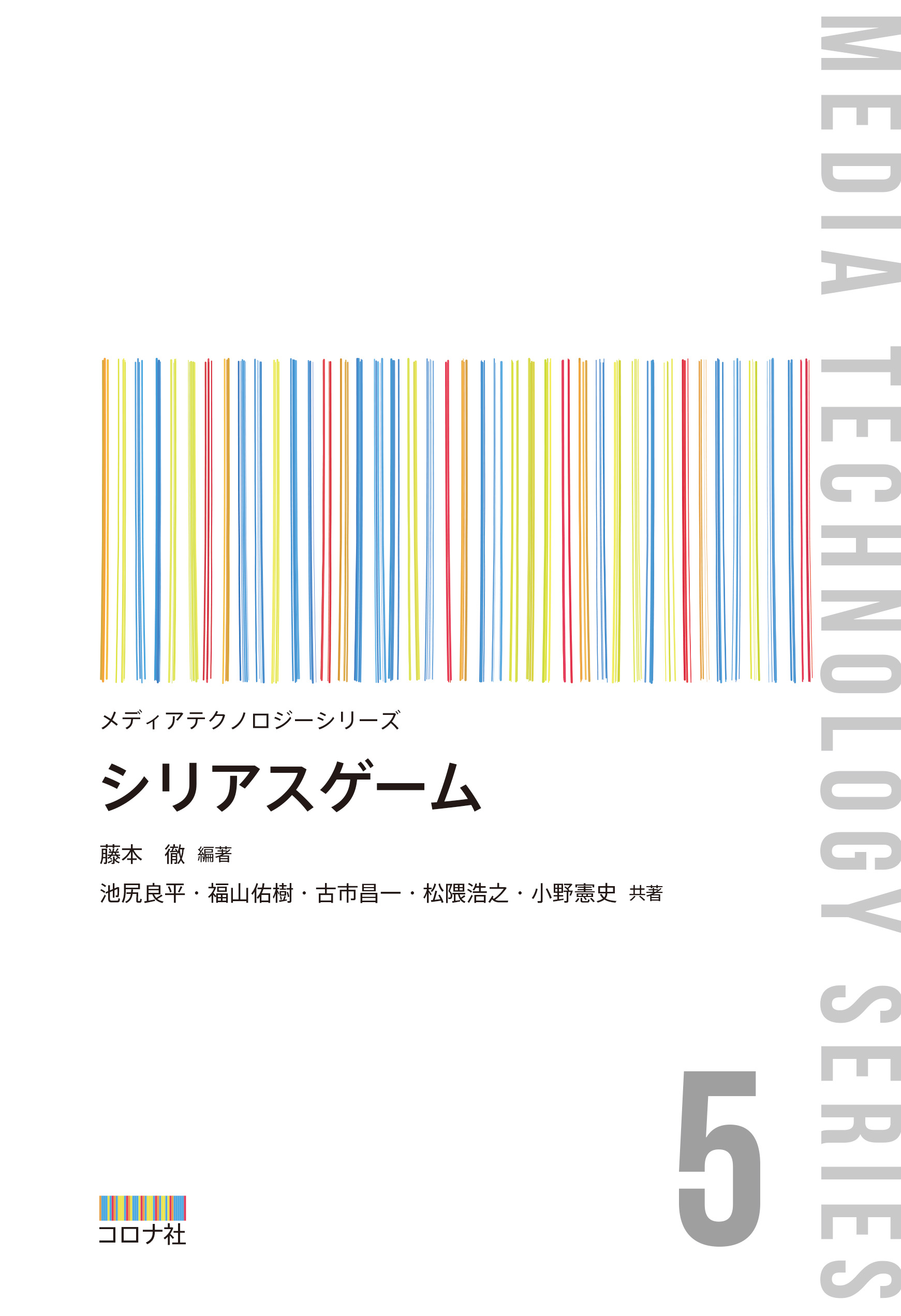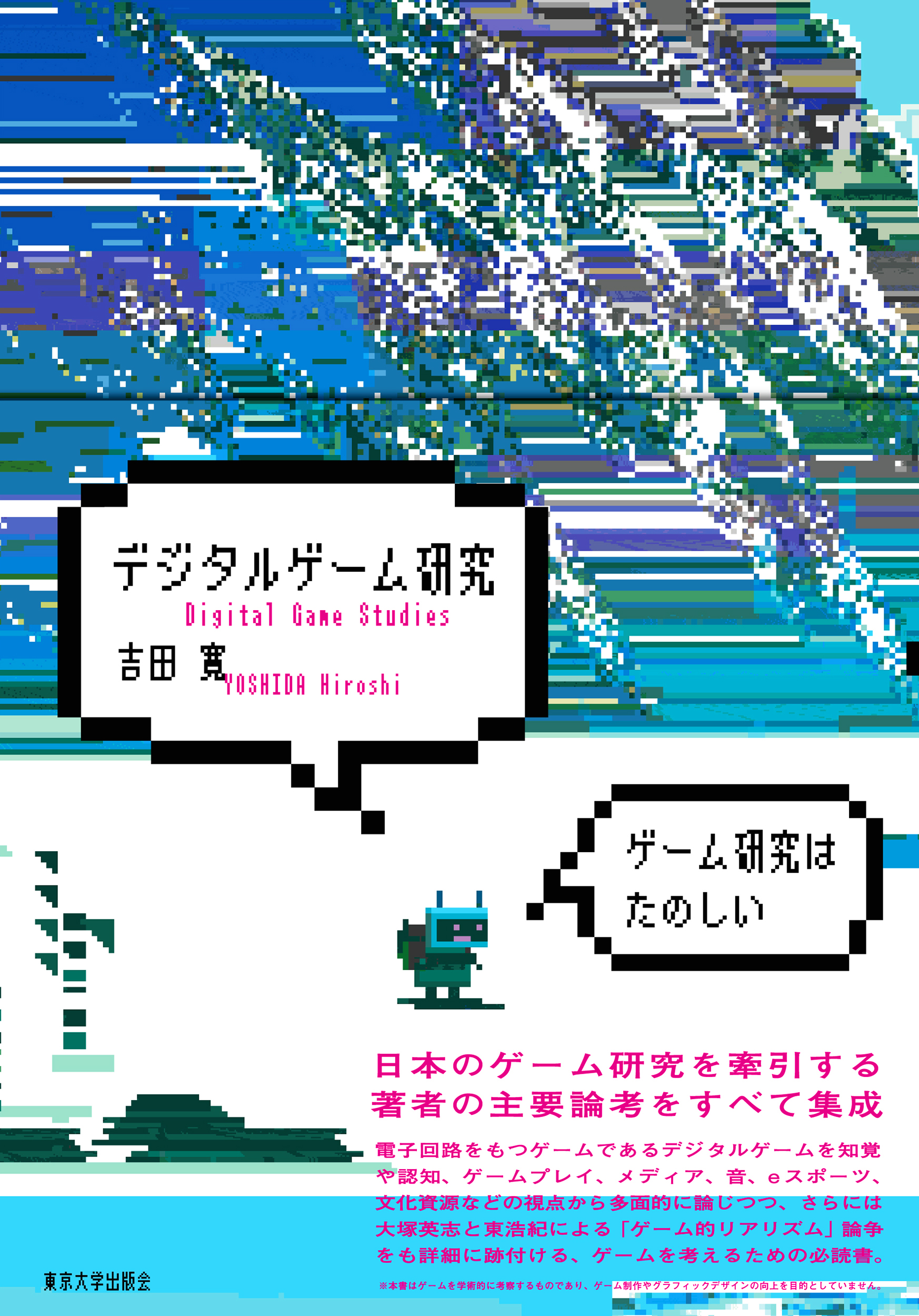
Title
Educational Technology Selection II 3 Game to Kyoiku, Gakushu (Games and Education/Learning)
Size
178 pages, A5 format
Language
Japanese
Released
February 10, 2017
ISBN
9784623078745
Published by
Minerva Shobo.
Book Info
See Book Availability at Library
Japanese Page
This book discusses the theory, development, and implementation of game-based learning, incorporating into education the methods and mechanics of game design, which was originally developed for entertainment-oriented games. This book introduces various examples of research in the field of educational technology, and recent cases of its application.
Strides continue to be made in this area, also known as “edutainment,” “serious games,” or “gamification,” and it has seen an abundance of academic research in the past decade. It is now recognized as an interdisciplinary research field that incorporates elements of informatics, cognitive science, educational technology, and design science. Particularly in the United States, industry, academia and the public sector see it as an important area for joint research and collaborative development, and investment has boomed in the development of digital games used in schools, boosted by recent initiatives that promote the STEM curriculum. There are also increasing cases of social businesses that incorporate game elements in their work in the aim of developing products with a powerful social impact.
Even in Japan, the field has seen work on a broad range of research and development, including growing interest stemming from the edtech-based educational reform being enacted as a step towards Society 5.0, and the national movement towards implementing active learning. Game-based learning enables the enhancement of knowledge application, creative learning, and cooperative learning, which are the types learning emphasized in “21st century skills” and the PISA study. As the nature of game-based learning entails active participation, the method is also effective in promoting active learning.
Improving student motivation is often cited as one of the advantages of incorporating gaming into education, but there are various methods and mechanisms incorporated into game design that can also be put into practical use in learning, such as a safe environment for repeated trial and error, and immediate feedback on behavior.
Traditionally, school learning means that students listen silently and passively to a teacher’s lectures. Game-based learning, however, is by its nature interactive. Instead of relying on a mere transfer of knowledge, scrutinizing the activity of learning using the framework of game design ends up making education get creative about how it works. For this reason, game design leads to a change in awareness not only among learners but also among educators as they craft their classes. Many game designers and education experts are increasingly entering into collaborations that go far beyond using educational games simply as teaching material, including one case introduced in this book in which a public school’s entire curriculum was re-designed around game-based learning.
This book is for readers seeking to learn about and further explore the positive outcomes that may be achieved through game-based learning.
(Written by FUJIMOTO Toru, Project Assistant Professor, Center for Research and Development of Higher Education / 2018)



 Find a book
Find a book



